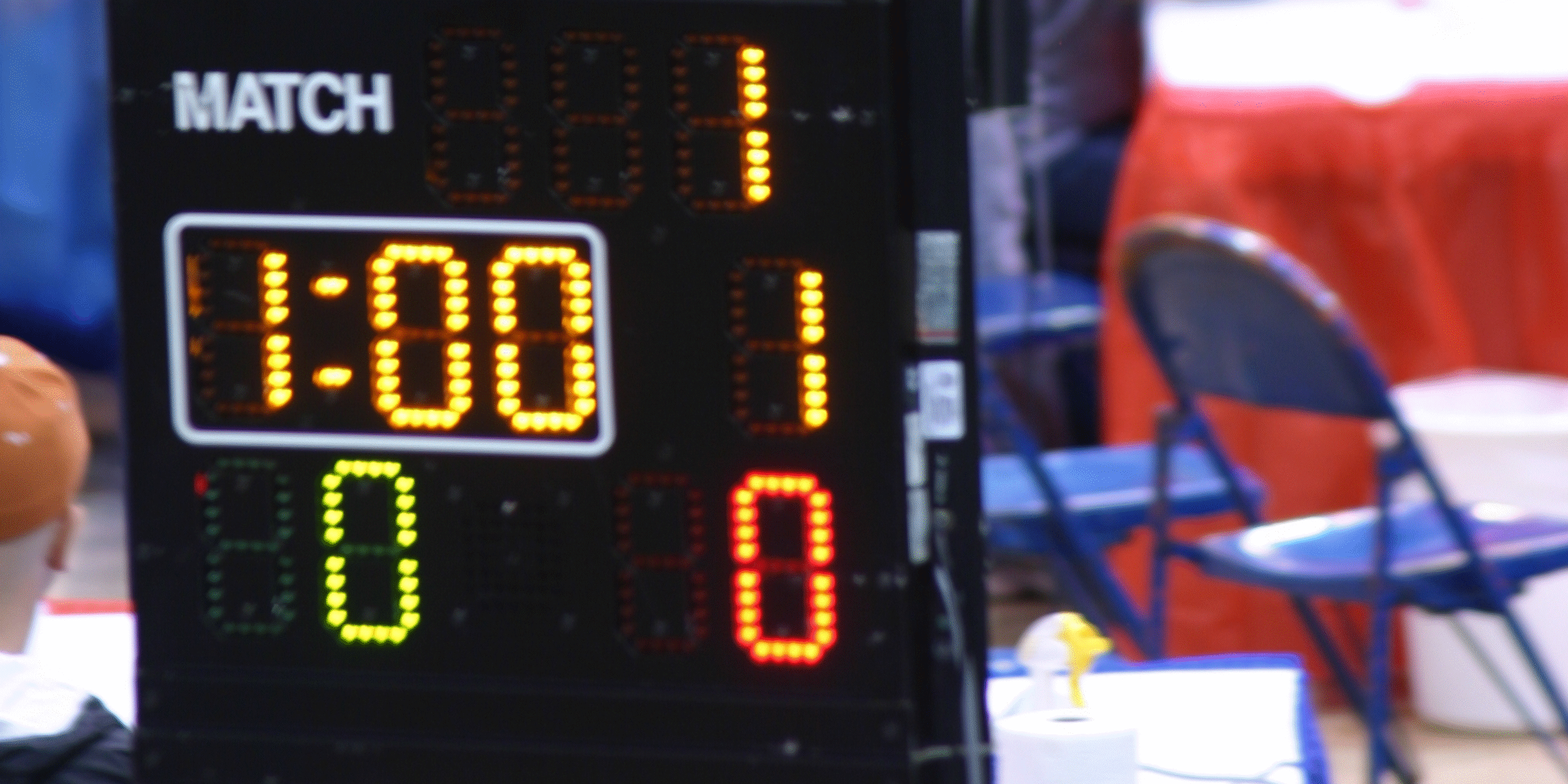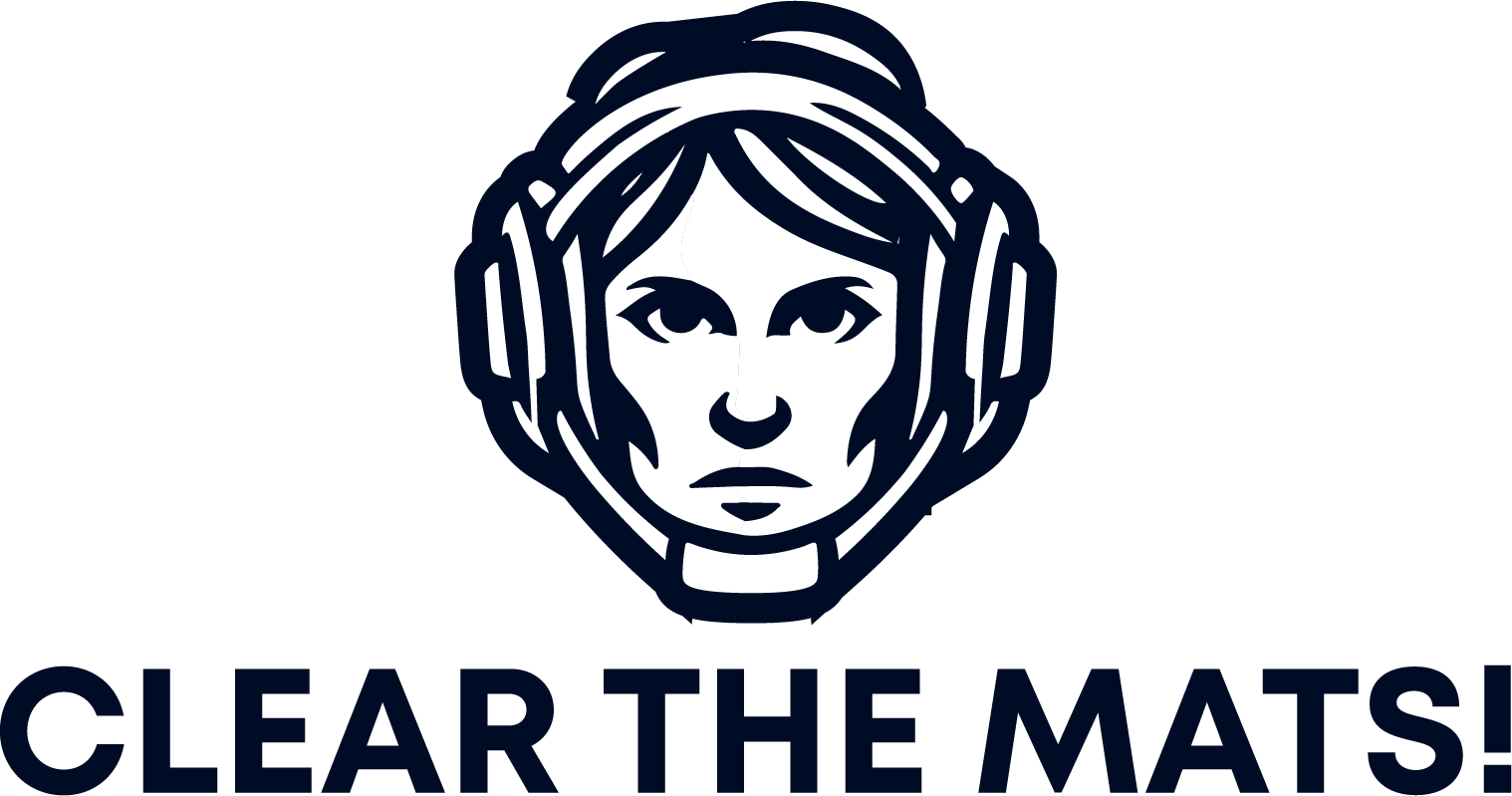How Is Wrestling Scored? Guide to Wrestling Points

October 15, 2025
How Is Wrestling Scored? Guide to Wrestling Points
At its foundation, wrestling is a test of strength, technique, and strategy. For many new fans, parents, and kids aspiring to be athletes, understanding how wrestling is scored can feel like deciphering a hidden code. Wrestling points are given for a succession of moves, positional advantages, and control, unlike sports with obvious goals like a basket or a touchdown. This complete guide will make the scoring system easier to understand by explaining everything from individual points to how they affect the team score.
We’ll talk about the basic ways to get individual points, go over the often confusing wrestling near-fall points, explain the difference between wrestling takedown and reversal points, and even talk about the distinctions in team points for technical falls and major decisions. By the end, you’ll be able to watch every match and see who’s winning and why.
The Foundation: Earning Individual Points
Folkstyle wrestling, which is the most popular style in American high schools and universities, gives points for several acts that show control, aggression, and tactical supremacy. Here are the main ways a wrestler can get points:
- Takedown (2 points): Given when a wrestler takes their opponent from a neutral posture (standing) to the mat and gains control. This scoring move is very important because it often leads to additional offensive opportunities.
- Escape (1 point): Given to a wrestler who is being controlled on the bottom when they can break free from their opponent’s hold and escape back to the neutral (standing) position.
Reversal (2 points): This move is awarded to a wrestler under control on the bottom who successfully regains control over their opponent. - Near Fall (2 or 3 points): These are also called “back points.” They are given when a wrestler has their opponent pinned but hasn’t yet gotten the pin. We’ll go into more depth about this situation soon.
Penalty Points (1 or 2 points): Given to an opponent when a wrestler does anything unlawful (such as slamming or biting), acts in an unsportsmanlike way, or stalls too often.
At the end of regulation time, the wrestler with the most individual points wins the match. If the scores are the same, the game proceeds in extra time until someone wins.
Deciphering the Pin: The Ultimate Victory
A fall, often known as a pin, is the best method to win a match, even though points are added up during the match. A pin happens when one wrestler holds both of their opponent’s shoulder blades firmly to the mat for a set amount of time, usually two seconds in high school. No matter what the score is, a pin stops the bout right away and gives the winning wrestler’s team the maximum of 6 points. Getting a pin is the best way to show that you are in charge and in control.
Breaking Down Back Points: Wrestling Near Fall Points Explained
One of the things that new fans could find most puzzling is how near fall points are given out. People often call these points “back points.” They mean that a wrestler has their opponent in a weak position, close to being pinned, but hasn’t yet gotten the final pin. To thoroughly enjoy the pace and excitement of a match, you need to know what near fall points are in wrestling.
A Near Fall is declared when:
- Both of an opponent’s shoulder blades are held to the mat for two seconds, or a cumulative two seconds.
- One of the opponent’s shoulder blades is held to the mat for two seconds, and the other shoulder is beyond a 45-degree angle to the mat.
- The wrestler has their opponent in a high bridge or on one or both elbows.
The crucial distinction lies in the duration of control:
- 2-Point Near Fall: Awarded when the offensive wrestler holds their opponent in a near-pinning predicament for two seconds (or a cumulative two seconds) but less than five seconds. This signifies significant control and the potential for a pin.
- 3-Point Near Fall: Awarded when the offensive wrestler holds their opponent in the near-pinning predicament for a continuous count of five seconds or more. The additional point reflects prolonged dominance and sustained pressure, bringing the wrestler even closer to securing a full pin.
The referee will often slap the mat firmly to signal the start and end of a near fall count, and then show two or three fingers to the scorer’s table. It’s important to note that a wrestler can continuously earn near fall points throughout a match if they keep putting their opponent in a vulnerable position without securing the pin. These points are a direct reward for aggressive, pin-oriented wrestling.

Takedown vs. Reversal: Wrestling Takedown vs Reversal Points
The takedown and the reverse are two moves that seem alike but have different scores, which is another common source of confusion. Both the wrestling takedown and the wrestling reversal give a wrestler control, but they do it in different ways since they start from different positions.
- Two points for a takedown: This technique happens when both wrestlers start from a neutral stance, which means they are standing on their feet and facing each other. The offensive wrestler wins by taking their opponent to the mat and gaining control. This characteristic is usually shown by them being on top of the opponent, who is lying on their stomach or back. The most important thing is to start the move while standing still and not becoming involved. Think of it as the first attack to take control from a neutral position.
- Reversal (2 points): This move happens when one wrestler starts on the bottom (being dominated by their opponent) and then escapes their opponent’s control while also gaining control over their opponent. The bottom wrestler doesn’t just escape to neutral; he or she turns the tables and ends up on top and in charge. A “stand-up and switch” is a frequent move in which the bottom wrestler stands up, ducks under their opponent’s arm, and rotates behind them to take control. The key difference is that the reversal starts from a controlled (bottom) posture, not from a neutral standing position. It’s a sign of a good wrestler if they can get away and take advantage of the situation right away.
Both moves are crucial since they show that you can take control. However, knowing where they came from helps explain why they are different actions in the rulebook, even though they usually award you 2 points each.
Beyond Individual Points: Impact on Team Scoring
Wrestling is commonly a team sport, especially in schools, even if the victor of a specific match is based on individual match points. In a dual meet, where one team competes against another, the score of each individual match counts toward the team’s final score. This is when the difference between winning and losing becomes quite critical. In addition to the usual 3 team points for a routine decision, there are special prizes for big wins:
- Decision (3 Team Points): Given to a wrestler who wins by 1 to 7 individual points. This type of win is the most typical result and means that the contest was close.
- Major Decision (4 Team Points): This type of decision is given when a wrestler wins by 8 to 14 points. This indicates that the team was in charge and in control for most of the match, which gave them an extra point compared to a normal decision.
- Technical Fall (5 Team Points): Given to a wrestler who wins by 15 or more individual points. This implies overwhelming superiority, as one wrestler utterly dominates the other in practically every area of the match. The game stops when the score difference reaches 15 points.
Coaches and team strategists must understand the distinction between a technical fall and a significant decision. In a close dual meet, an extra team point can be the difference between a technical fall and a huge decision. A coach might tell a wrestler who is ahead by a lot to keep going for the technical fall. For instance, if a team is down by three points in the penultimate match, a major decision won’t win them the meet, but a technical fall or a pin will. This adds another element of strategy to how wrestlers approach their matches, beyond merely winning.
- Forfeit (6 Team Points): Awarded to a team when an opponent fails to present a wrestler for a weight class.
- Disqualification (6 Team Points): Awarded when an opponent is disqualified from a match due to repeated penalties or a severe infraction.
- Injury Default (6 Team Points): Awarded when an opponent is unable to continue wrestling due to injury.
Strategy and Scoring: A Dynamic Dance
To understand the scoring system, you need to do more than just count points. You also need to understand the strategy that’s happening on the mat. A wrestler that is good at takedowns could try to get to neutral positions. Another could be a master of the bottom position, always seeking for ways to get out or turn things around. A genuinely powerful wrestler will always be pushing for near fall points and, in the end, the pin, because they know how important it is for both their own victory and the team’s score.
This is what makes wrestling so beautiful: the way offense and defense, control and escape, all work together, all based on a precise scoring system. Every point reveals a story of skill, drive, and strategy, from the initial burst of a takedown to the grinding pressure of a near fall.
Conclusion
Wrestling is a sport where every second and every position can change the score. You can truly enjoy the fight if you know the basic rules for takedowns, escapes, reversals, and the subtleties of wrestling near fall points. Also, knowing the difference between wrestling takedown and reversal points makes it clearer when you may take control. Finally, understanding how team points work for technical fall vs. major decision provides a strategic element, illustrating how each person’s performance affects the team’s overall success.
When you watch a wrestling bout next time, you won’t just witness two athletes fighting. You’ll see a strategic battle where every move is planned to earn points, show who is in charge, and, in the end, win. Have fun with the complicated dance of power, technique, and strategy!








